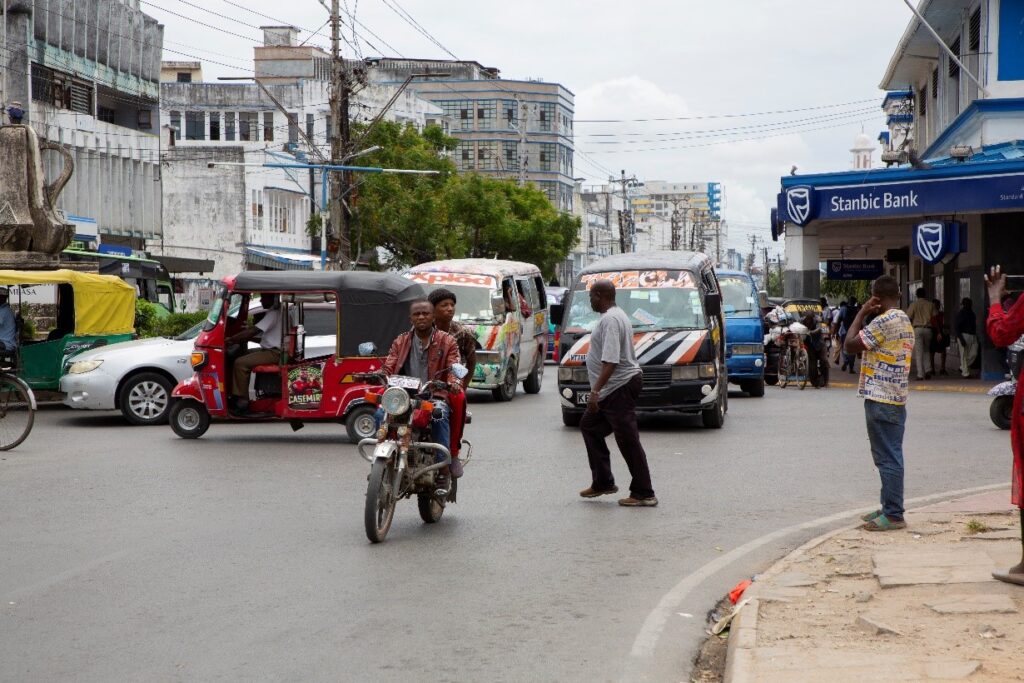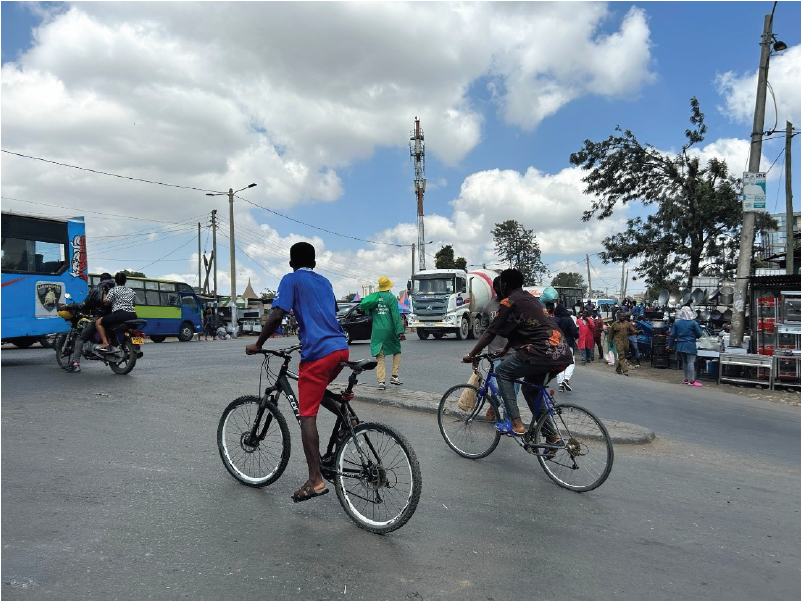As road safety concerns escalate in cities across Africa, three local non-governmental organisations (NGOs) have been selected for the “MyCityMyLife” pilot challenge to address these issues with innovative solutions. The challenge is organised by the Alliance of Cities for Road Safety (ACROS), funded by the United Nations Road Safety Fund, and implemented in collaboration between UN-Habitat, UN Environment Programme (UNEP), UN Economic and Social Commission for West Asia (UNESCWA), UN Economic Commission for Africa (UNECA) as well as the Institute for Transportation and Development Policy (ITDP).
“Local NGOs have a deep understanding of road safety problems in their communities and often have great ideas for solving them. The challenge is finding the funding to make these solutions a reality” – reflects Jordi Bosch Pla, ACROS program manager at UN-Habitat. With over 70 proposals from across the continent, the demand is evident; what’s needed now are creative funding solutions. The three winning projects, hailing from Uganda, Ghana, and Kenya, have each been awarded $15,000 to bring their road safety visions to life.
Safe Journey to School (Gulu, Uganda)
In Gulu City, Northern Uganda, road safety, particularly for school children, is a major concern. The local organization Responsive Drivers Uganda (ReDU) is tackling this issue with its “Safe Journey to School” project. This initiative will work with three primary schools to reduce road safety risks near the schools using low-cost solutions. “With this support, we believe we can make a big difference,” says Joseph Ojambo, Executive Director of ReDU. The project will involve various stakeholders and aims to raise awareness through safety campaigns, boost collaboration between schools, and improve road safety measures like speed controls and safer pedestrian crossings.
Revamping the Krofrom Intersection (Kumasi, Ghana)
The second winning project aims to transform one of the most dangerous intersections for pedestrians in Kumasi, Ghana, by implementing crucial safety upgrades like better traffic signals, pedestrian countdown displays, and clearer signage. “The Krofrom intersection has gained a reputation for frequent accidents involving pedestrians,” says Emmanuel Dzisi, who believes this problem is now closer to being solved. With 32% of accidents at this intersection involving pedestrians, the project will address both infrastructure and behavior. It will improve visibility and clear encroached walkways to create a safer environment for the thousands of pedestrians and drivers who pass through this busy intersection every day.
Post-Crash Response along the Northern Corridor (Nakuru, Kenya)
Kenya’s northern corridor, a crucial route in East Africa for transportation of goods and passengers, has faced rising road fatalities. To address this, St John Ambulance of Kenya (StJK) has been running First Aid Posts since 2002 to offer rapid support after crashes. With the new funding, StJK will explore additional locations for these posts to improve response times and effectiveness. In partnership with the Ministry of Health, the project will ensure a steady supply of medical equipment and provide stipends and refresher trainings for volunteers, boosting emergency response and potentially saving many lives. Each of these initiatives reflects a shared vision of creating safer, more inclusive environments for road users, highlighting the power of community-led solutions and partnerships in addressing the pressing issue of road safety. These pilots are set to roll out from September 2024 to February 2025, marking the beginning of a safer journey ahead.



